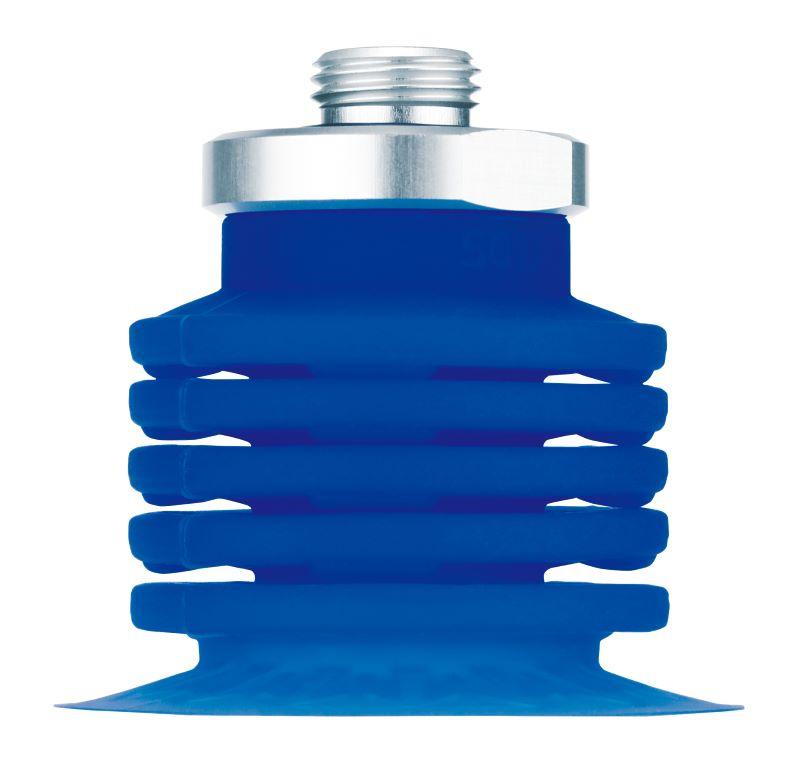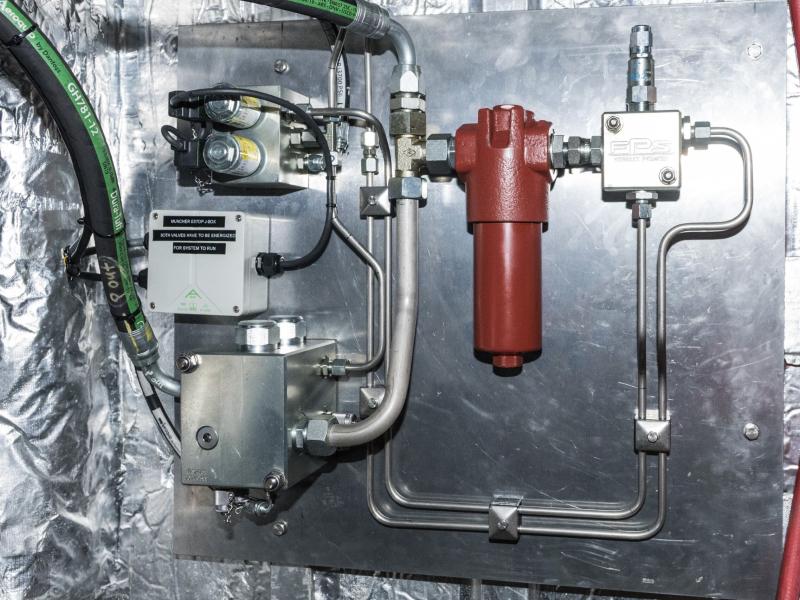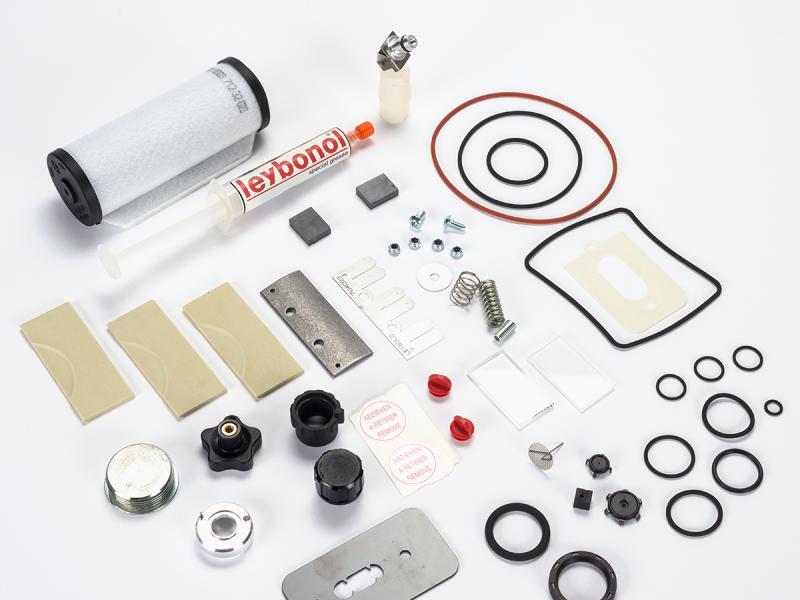Vacuum technology continues to emerge as a preferred and popular solution not only for robotic pick-and-place systems, but also for robot-assisted applications.
"Vacuum grippers deliver a significant advantage over mechanical grippers in robotic applications, which typically require precision and efficiency," says Darshan Desai, Product Specialist for SMC Corporation Australia New Zealand (ANZ) explains.
“Collaborative robots (cobots) have become more accessible over time and as a result, more component manufacturers are catering to their requirements. Compared to mechanical grippers, vacuum grippers are easy to deploy across a variety of workpieces and are far lighter,” he says, adding that vacuum grippers have been shown to increase payload capacity in robotic applications.
ZP series – designed for every type of surface
One of the most crucial components of any vacuum system on a robot is the vacuum pad.
"The correct vacuum pad selection enables secure gripping of various workpieces - regardless of their shape, size or surface texture,” adds Darshan.
He details some of SMC’s vacuum pad heroes as follows:
- ZP3C series
SMC’s ZP3C series of new generation vacuum pads are specifically designed to handle corrugated cardboard and similar products where high abrasion resistance is required.
“While in the past, customers struggled to accurately handle picking and placing of these types of surfaces, the ZP3C series has risen to the challenge, delivering added peace-of-mind and enhanced effectiveness.”
- ZP3M series
The ZP3M series of bowl-shaped vacuum pads offer a non-slip feature, providing excellent flexibility. “These can be used on curved workpieces as well,” he adds, pointing to the specialised non-slip diagonal ribs that prevent workpiece slippage.
Showcasing the ZP3M’s adaptability, Darshan adds that the 100mm diameter pads provide a horizontal holding force 387N, the series is also suitable for workpieces covered with oil film and with a surface temperature of anywhere from 0 to 200°C with ambient temperatures of 0 to 150°C.
Both the ZP3C and ZP3M are made of FS61 material (fluoro-based rubber) for improved abrasion resistance.
- ZP3P series
The ZP3P series of vacuum pads are designed and developed for uneven, soft, variable or very thin (film-wrapped even) workpieces. In addition, the sealing skirt design and stopper support in the centre help to prevent wrinkle damage.
“These cups can be safely used in food and medical environments, and are silicone rubber compliant,” says Darshan pointing to the blue coloured pads in this series that can be easily spotted during contamination inspections.
“The ZP3P also comes with an optional stainless steel mesh filter and expanded hole sizes to ensure an adequate suction flow rate.”
With these comprehensive solutions in mind, Darshan urges customers to implement these new generation technologies to transform vacuum challenges into successful systems. “A full range backed by our team of engineers and always-on support will make for the perfect addition to any robotic system” he concludes.
Website: www.smcanz.com






